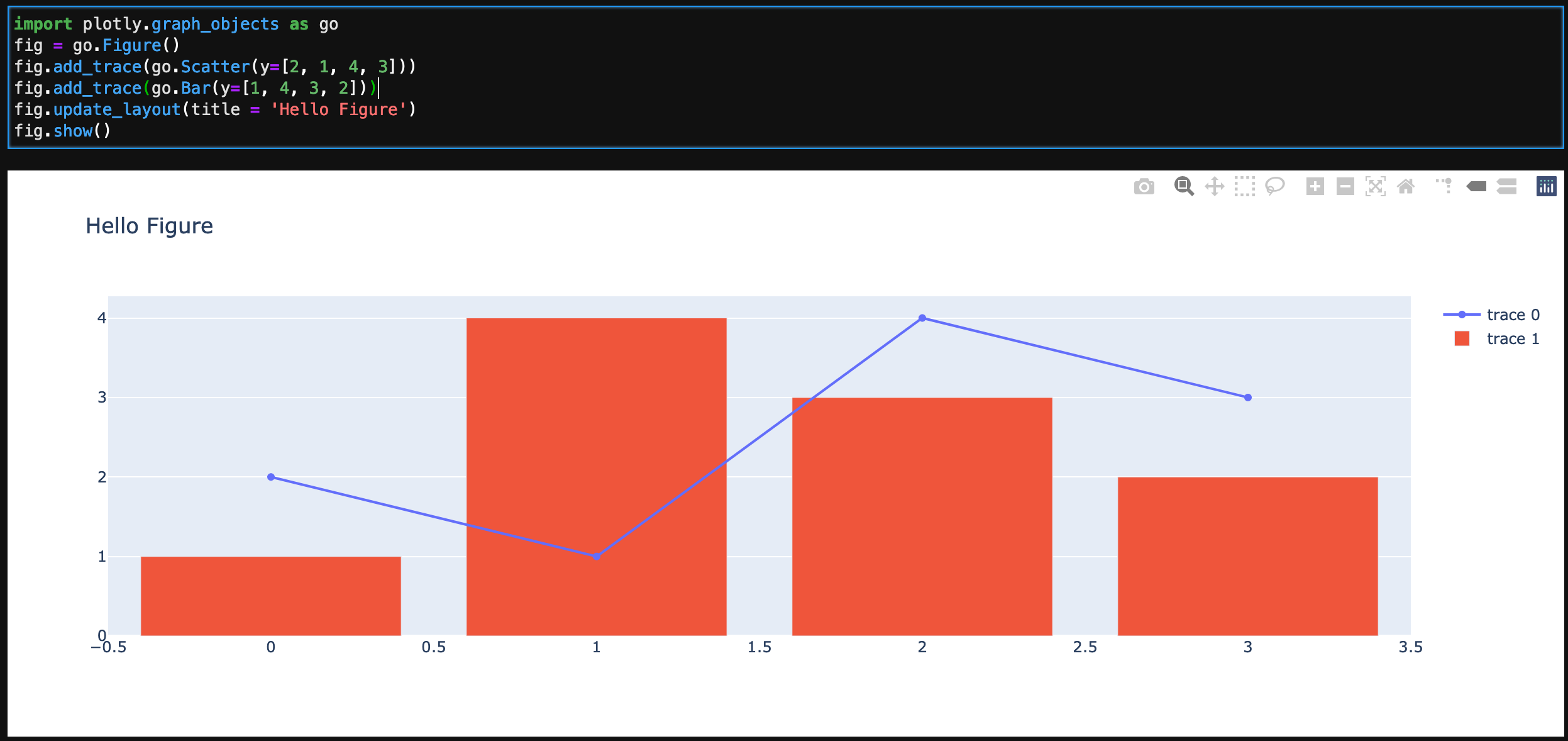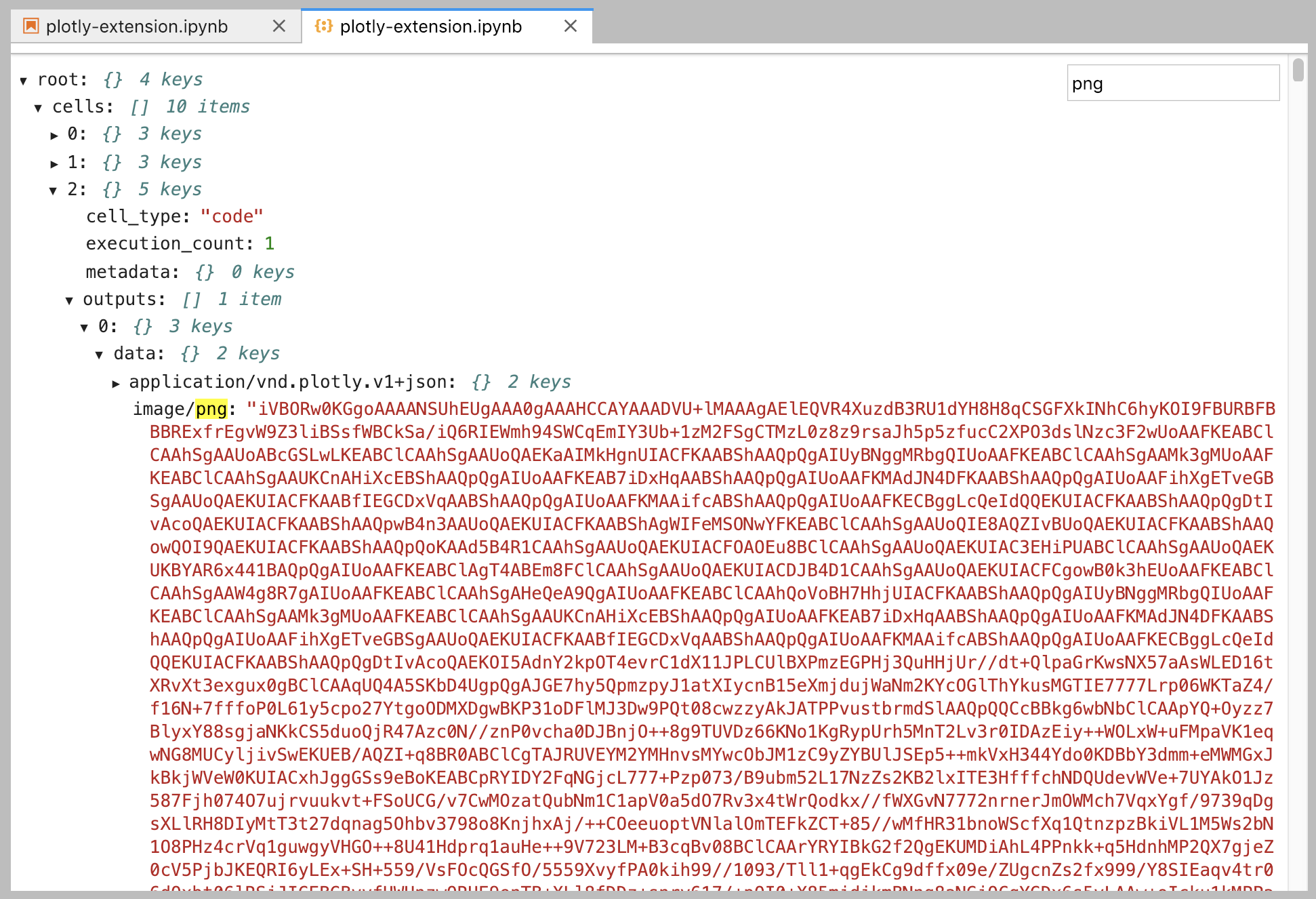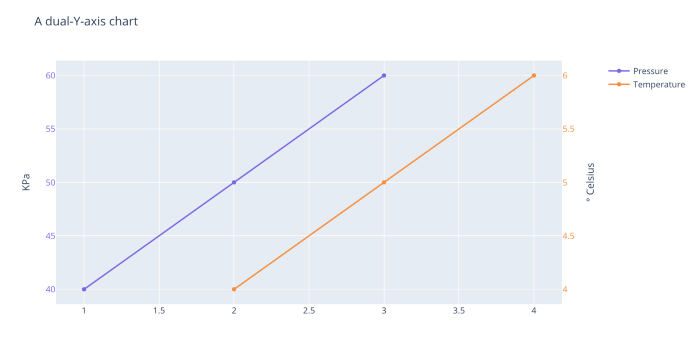

#PLOTLY JUPYTERLAB EXTENSION CODE#
You can see it on the screenshot below.įrom searching online, I found tips from Github forum to ensure that the code won’t show on the slides, especially if you are plotting graphs. Since this will be on the same page as the header, I set the Slide Type as Fragment. Afterwards, the second cell contains the code to visualise an interactive bar chart with Plotly Express. The Slide type would be used to give a header for the visualisation. On this slide, I use a combination of Slide and Fragment types. Slide + Fragment types for Mixture of Markdown and Code Cells # Titanic Survival Dataset # Exploratory Data AnalysisĪfter you run the cell, set the Slide Type of the cell to Slide like the following. Now, you can select Skip for the Slide Type of the library import and initial dataset load cells.įor the first slide or the cover, I will only use one markdown cell with title, subtitle, and author. Skip type for Non-Visualisation Code Cell

From the NbConvert reference, you need to have a local copy of the Reveal.JS file to allow you having a presenter view with the notes. This will create Speaker notes, but I haven’t tried this function. Be aware that you can’t put skip for your visualisation code because the output will not be shown as well. Perfect for code and comment cells that you won’t show. This cell will not be shown on the slides. The fragment will be inside the main slide but with a fade-in transition. For example, one cell with the heading will be set as Slide and the visualisation will be set as Fragment. This will be a part or component of the immediate previous cell with Slide Type. You have to use the down arrow navigation to access it from the main slide (Slide type). I will consider this as a new slide with transition animation. You can place markdown, visuals, or even code here. To set the role each cell play, you have to change the cell toolbar view by View -> Cell Toolbar -> Slideshow.Ĭhanging the view will allow you to set what type of slides you want for each cell. In Jupyter Notebook, each cell can play a part in the presentation slides. Jupyter Notebook Slideshow View and Setting
#PLOTLY JUPYTERLAB EXTENSION FULL#
You can check the full notebook on my GitHub repo here. Pandas Profiling visualisation for missing values in the dataframe.Īll the libraries above are not required to make the slides work, you can just simply use Plotly, Seaborn, or even simply Matplotlib.Plotly, including the Plotly Express and Plotly Graph Objects.Although I would use Plotly mostly for the slides, I have also included one plot with Seaborn and one plot from Pandas Profiling library to show the possibilities you can do.įor my presentation, I imported the following visualisation libraries.

I would include several visualisations and slides to show what you can do with Jupyter markdown and slides. In this case, my aim was to present my finding from an Exploratory Data Analysis on the Titanic dataset. This dataset is a classic dataset used to learn machine learning models on classification problems. Therefore, I wrote this post to share what I’ve learned.įor this post, I will use the Titanic dataset from Kaggle. However, I was curious to see if I can incorporate interactive graphs from Plotly in the slides. I learned on creating slides using Jupyter Notebook from Tahsin Mayeesha’s medium post. How would you present this to your stakeholders and other people? One great way to ace this is to convert your jupyter notebook and plotly graphs to an interactive presentation that can impress people. Let’s say you have performed some analysis using Jupyter notebook and produced some great visualisations to back up your finding.


 0 kommentar(er)
0 kommentar(er)
